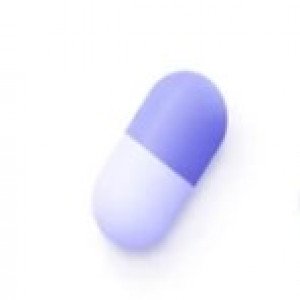 Welcome
Welcome
“May all be happy, may all be healed, may all be at peace and may no one ever suffer."
- A
- B
- C
- D
- E
- F
- G
- H
- I
- J
- K
- L
- M
- N
- O
- P
- Q
- R
- S
- T
- U
- V
- W
- X
- Y
- Z
Imatinib Mesylate - Brands
Imatinib is a small molecule protein-tyrosine kinase inhibitor that potently inhibits the activity of the Bcr-Abl tyrosine kinase (TK), as well as several receptor TKs: Kit, the receptor for stem cell factor (SCF) coded for by the c-Kit proto-oncogene, the discoidin domain receptors (DDR1 and DDR2), the colony stimulating factor receptor (CSF-1R) and the platelet-derived growth factor receptors alpha and beta (PDGFR-alpha and PDGFR beta). Imatinib can also inhibit cellular events mediated by activation of these receptor kinases.
Absorption and Distribution: Imatinib is well absorbed after oral administration with Cmax achieved within 2 4 hours post-dose. Mean absolute bioavailability is 98%. Mean Imatinib AUC increases proportionally with increasing doses ranging from 25 mg to 1,000 mg. There is no significant change in the pharmacokinetics of Imatinib on repeated dosing, and accumulation is 1.5- to 2.5- fold at a steady state when Imatinib is dosed once daily. At clinically relevant concentrations of Imatinib, binding to plasma proteins in in vitro experiments is approximately 95%, mostly to albumin and 1-acid glycoprotein.
Metabolism: CYP3A4 is the major enzyme responsible for metabolism of Imatinib. Other cytochrome P450 enzymes, such as CYP1A2, CYP2D6, CYP2C9, and CYP2C19, play a minor role in its metabolism. The main circulating active metabolite in humans is the N-demethylated piperazine derivative, formed predominantly by CYP3A4. It shows in vitro potency similar to the parent Imatinib. The plasma AUC for this metabolite is about 15% of the AUC for Imatinib. The plasma protein binding of N-demethylated metabolite CGP74588 is similar to that of the parent compound.
Excretion: Imatinib elimination is predominately in the feces, mostly as metabolites. Based on the recovery of compound(s) after an oral 14C-labeled dose of Imatinib, approximately 81% of the dose was eliminated within 7 days, in feces (68% of dose) and urine (13% of dose). Unchanged Imatinib accounted for 25% of the dose (5% urine, 20% feces), the remainder being metabolites. Following oral administration in healthy volunteers, the elimination half-lives of Imatinib and its major active metabolite, the N-demethyl derivative (CGP74588), are approximately 18 and 40 hours, respectively.
To be happy, beautiful, healthy, wealthy, hale and long-lived stay with DM3S.

